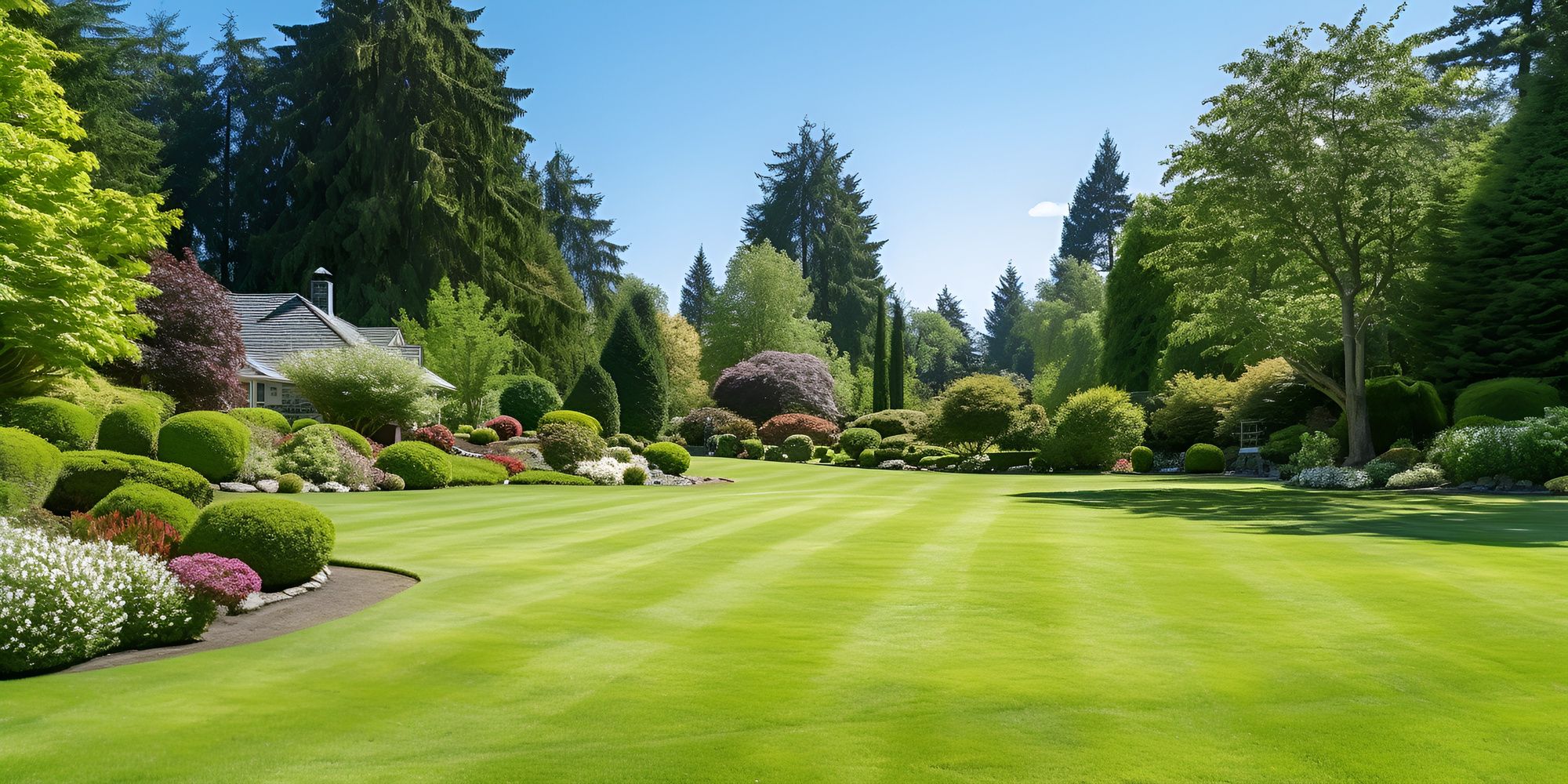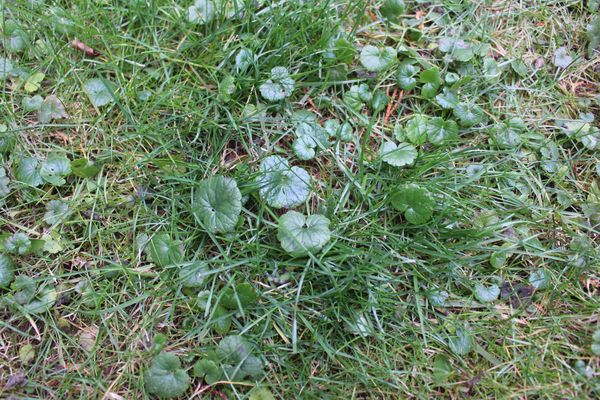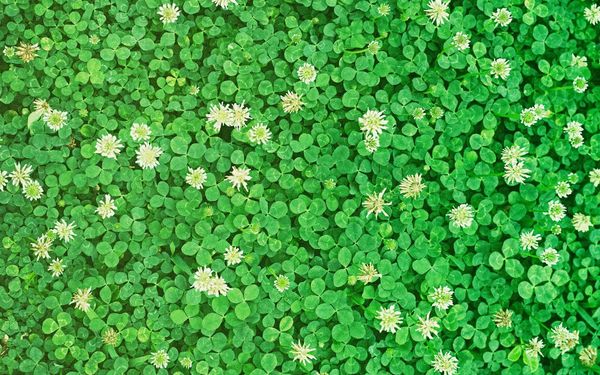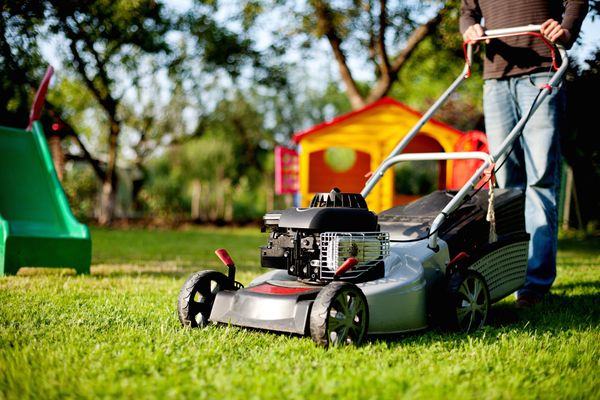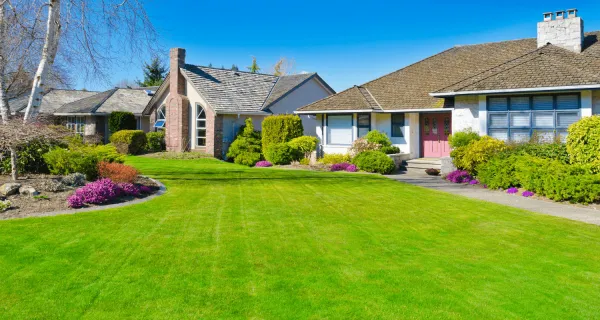Investing in sustainable lawn care not only significantly enhances your property value but also benefits the environment. So, regardless of how big or small your property is, transforming your yard into a green oasis with a smaller carbon footprint where nature thrives in harmony with design can make a difference.
If you don't know where to start, here's your guide to a sustainable lawn that elevates property value and nurtures a thriving ecosystem:
1. Understand Your Soil Type
Before exploring professional services or BattMow's lawn solutions, familiarize yourself with your soil type. Purchase a soil test kit from your local nursery to determine its pH and nutrient levels. This will give you knowledge about which plants and fertilizers are appropriate, ensuring optimal growth while saving time and money.
2. Choose The Right Plants
Opting for native plants such as wildflowers in North America or kangaroo paw in Australia can be a game-changer. These species are perfectly adapted to your region, requiring less water and care than non-native varieties, as they thrive in the local soil and withstand climatic conditions naturally. You can also consider other plants, such as:
- Drought-Tolerant Plants: Ideal for low-maintenance landscapes, these plants conserve water, save money, and still provide lush greenery.
- Edible Plants: Consider plants that are both visually appealing and a source of fresh food, such as fruit trees, berry bushes, or vegetable patches. They add both value and utility to your lawn.
Keep the plant selections personalized, reflecting the homeowner's taste while maintaining an eco-friendly approach. It's not just about picking the right plants; it's about creating an outdoor oasis that feels both personal and harmonious with the local ecosystem.
3. Implement Water-Saving Techniques
Avoid water wastage that can strain both your budget and the environment. Install a rain barrel to collect rainwater, and consider setting up a drip irrigation system that targets the plant roots directly. When done right, they can help conserve water and promote deeper root growth.
Additionally, group plants with similar water requirements to optimize your watering routine. Doing so can help conserve resources and time while promoting a sustainable and attractive yard.
4. Encourage Biodiversity
Diversify your garden with plants like lavender to attract bees, and bird-friendly trees like dogwoods, creating a haven for beneficial wildlife. It's about more than aesthetics; it's about creating a self-sustaining ecosystem that improves your property's beauty and value.
A garden rich in biodiversity is resilient and better equipped to combat pests and diseases. By attracting diverse wildlife, you establish a lively ecosystem that supports a broad spectrum of life, creating a mini sanctuary for various species.
5. Opt For Organic Fertilizers
Switching to organic fertilizers is both eco-friendly and beneficial for your lawn. They release nutrients gradually, promoting robust plant growth and minimizing over-fertilization risks. Plus, they improve soil structure, helping to create a lush, green lawn that'll envy your neighborhood.
Importantly, these fertilizers are free from chemicals that can seep into the groundwater, safeguarding local water resources and protecting the ecosystem. It's a choice that delivers vibrant growth while ensuring a safe, healthy environment for everyone.
6. Regular Maintenance
Consistency is key when it comes to nurturing a vibrant, sustainable lawn. A routine lawn maintenance schedule keeps your yard pristine and preemptively addresses potential issues. Including the following in your maintenance regimen:
- Weed Control: Address weeds promptly by uprooting them before they proliferate, preserving your lawn's appearance and eliminating the need for potent weed killers.
- Pruning: Regular pruning maintains plant shapes, removes unhealthy limbs, and stimulates growth.
- Aeration: Aerate your lawn to enhance water, air, and nutrient absorption, nurturing a robust root system.
- Dethatching: Clear the layer of dead grass and moss on the lawn's surface to boost water absorption and deter diseases.
- Overseeding: This practice fills in thin spots or bare patches, helping to create a dense, lush lawn that's more resistant to pests and diseases.
- Inspection: Periodically check plants for disease or pest signs. Early detection allows for simpler, eco-friendly solutions.
Combine these practices with sustainable choices, like using manual tools instead of power tools to reduce emissions. This will help you foster a pleasing space that's healthier for the local ecosystem and for the planet. Remember, a well-maintained lawn is a happy lawn.
7. Consult A Professional
If in doubt, consult a professional landscaper with expertise in sustainable practices. They'll help you create a beautiful, eco-friendly, sustainable lawn, adding significant value to your property.
Professionals may even offer personalized advice and introduce you to cutting-edge sustainable products and solutions. Leveraging an expert's know-how can save you time and ensure the long-term success of your green lawn transformation.
Conclusion
Begin the rewarding journey towards a sustainable lawn. Not only will it enhance your property value, but it also stands as a pledge to protect the environment for future generations. Take the first step today and witness your backyard transform into a vibrant, eco-friendly sanctuary that paves the way for a greener tomorrow.

